Like most Aussies, I don’t rate Canberra high on my To Do List, but for it I will say this: there are few finer places in Australia than the hallowed grounds of the Australian War Memorial, particularly on the first and third Wednesdays of the month when Australia’s Federation Guard and catafalque party add another layer of emotion to the already moving Last Post ceremony, introduced a few years ago by the Memorial’s then new director, Dr Brendan Nelson. For mine, the 5pm ceremony beside the Pool of Reflection, underneath the surrounding Cloisters with the poppy-adorned Roll of Honour, is perfection. More so when dozens of school children with their sun hats and socks askew rise as one to sing the national anthem. The occasional bum note and hilariously mangled lyrics – girt by sea, wealth for toil – serve only to make the occasion more uplifting, more profound, more Australian, if that’s possible. And I somehow think it is.
I’m in the nation’s capital for three reasons, all of which occur at the Memorial – an old dog, a new film and exhibition, and research. Happily, Canberra has put on a perfect spring day, and the three-hour drive from Sydney is rewarded with the rare sight of water in Lake George, shimmering like liquid silver in the morning sun. I arrive at the Memorial for the unveiling of the preserved remains of Australia’s most famous and, arguably, most loved canine, Sarbi, the highly-decorated Explosives Detection Dog who served two deployments in Afghanistan with the Australian Army. I am biased, but, having written the book, Saving Private Sarbi, The True Story of Australia’s Canine War Hero, I know a thing or two about this extraordinary mutt, whose super-charged schnozz sniffed out the Taliban’s lethal improvised explosive devices (IEDs in defence lingo) in Afghanistan, saving countless lives. You might have heard of Sarbi: she was taken prisoner of war by the Taliban at the end of a life-and-death fire-fight, in which nine of 12 Australian soldiers were injured, including Sarbi’s handler, Warrant Officer David Simpson. An American soldier was killed in the ambush. This was the same battle in 2008 during which SAS Trooper Mark Donaldson showed extraordinary courage to rescue a wounded Afghan soldier caught in the open under a hail of bullets, a heroic and selfless act for which he later was awarded the prestigious Victoria Cross, the first since the Vietnam War. Sarbi, held captive for 13 months, was finally recovered from the Taliban in what was, ostensibly, a well-planned dog-napping by an American Special Forces soldier. She became an instant pupstar (sorry!), here in Australia and around the world.
Now, eight years later, she is the first animal to be preserved at the AWM in decades. Dr Nelson tells me he initially thought Sarbi should be laid to rest near the Tomb of the Unknown Soldier but W.O. Simpson wanted to donate the gorgeous dog to the Memorial so that her role in Australia’s history could inspire for generations to come. The director, himself a dog lover, is happy with the result. ‘I am confident everyone, especially children, will be attracted to her.’ He’s right. I eavesdrop as members of the public oooh and aaah, and watch curious kids pressing their noses to the glass to get a better view. ‘Wow, she’s real,’ one exclaims. Later that night at the official opening of a new permanent exhibition on Australia’s involvement in the Middle East, I take W.O. Simpson (who retired from the Army in 2015 after 20 years of service including several combat deployments) to see Sarbi in her new furever home. ‘She looks great. Just like I remember her.’ The old girl died of brain cancer in 2015.
The new exhibition is significant and important, and begins with the First Gulf War in 1991. It is important because men and women of the Australian Defence Forces are still deployed in Afghanistan. Dr Nelson also premiers a raw and compelling DVD made with veteran journalist Chris Masters titled Afghanistan, The Australian Story in which young veterans and their families reveal what it means to go to war in the age of terrorism. Masters tells me it features the story of twenty-something Captain Nick Perriman, DSM, ‘who held his company together after that first green on blue, the first insider attack, when his men were so distressed and angry…the maturity and the courage and the persistence that that young Australian showed, that made me proud.’ An Afghan soldier had opened fire and murdered three of Perriman’s mates. Masters points to the courage of Elvie Wood, also in attendance, ‘talking about the knock on the door’ after her husband, Sergeant Brett Wood, MG, DSM, was killed by an IED in 2011. He was 32, and a genuine hero. And Dan Costello, another Digger who continued ‘to defuse bombs for 20 more days after he had seen his 2IC blown to bits in front of him. That took extraordinary stamina’. The stories are heartbreaking. Thankfully, Masters has told them. Many in the theatrette silently brush tears from their cheeks as we watch in darkness. Me included.
While at the Memorial I do some last minute research for a new book I’m writing about another of Australia’s largely unknown heroes from the Second World War, a magnificent and rascally chap whose innate humility meant he flew under the radar, avoiding the public accolades that could have been his. I hope to redress that. He has gone to God now, and as I beaver away in archives I find more evidence that his type of humility is a virtue that effortlessly fits many of those who serve, like the aforementioned Wood, Perriman and Costello.
And I can’t help but think how those traits serve as a marvellous antidote to the hollow narcissism of the Selfie Generation.
Got something to add? Join the discussion and comment below.
Get 10 issues for just $10
Subscribe to The Spectator Australia today for the next 10 magazine issues, plus full online access, for just $10.

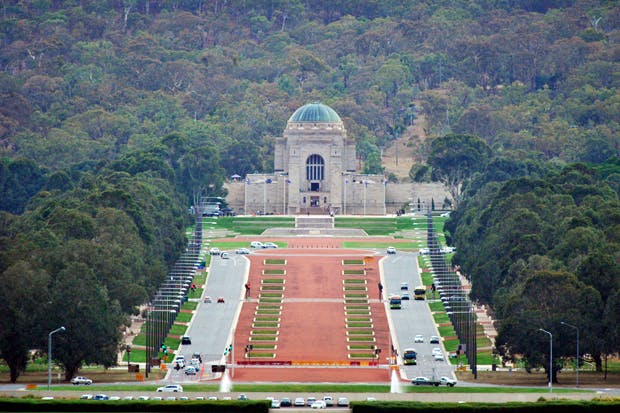
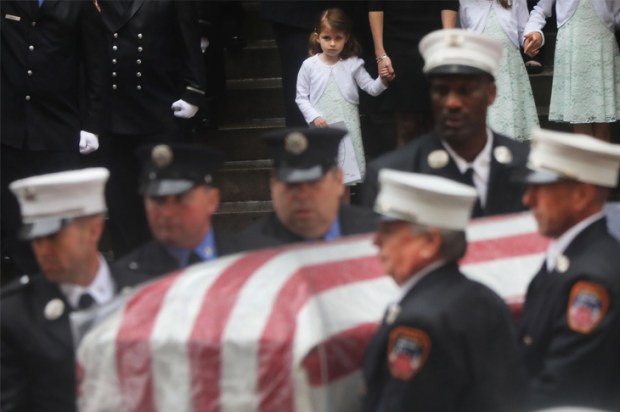
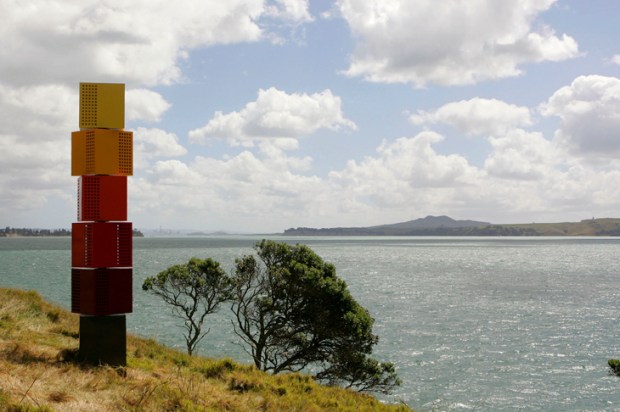
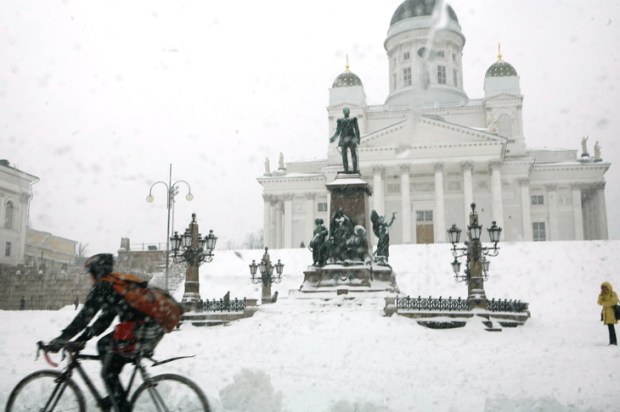
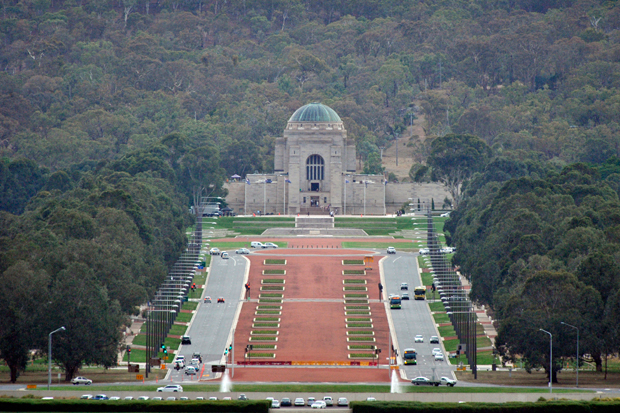

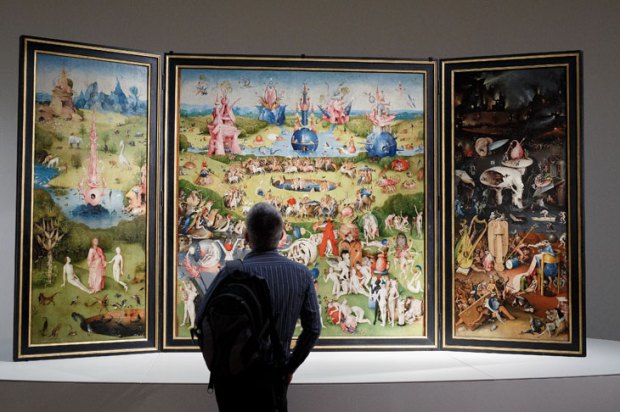






Comments
Don't miss out
Join the conversation with other Spectator Australia readers. Subscribe to leave a comment.
SUBSCRIBEAlready a subscriber? Log in